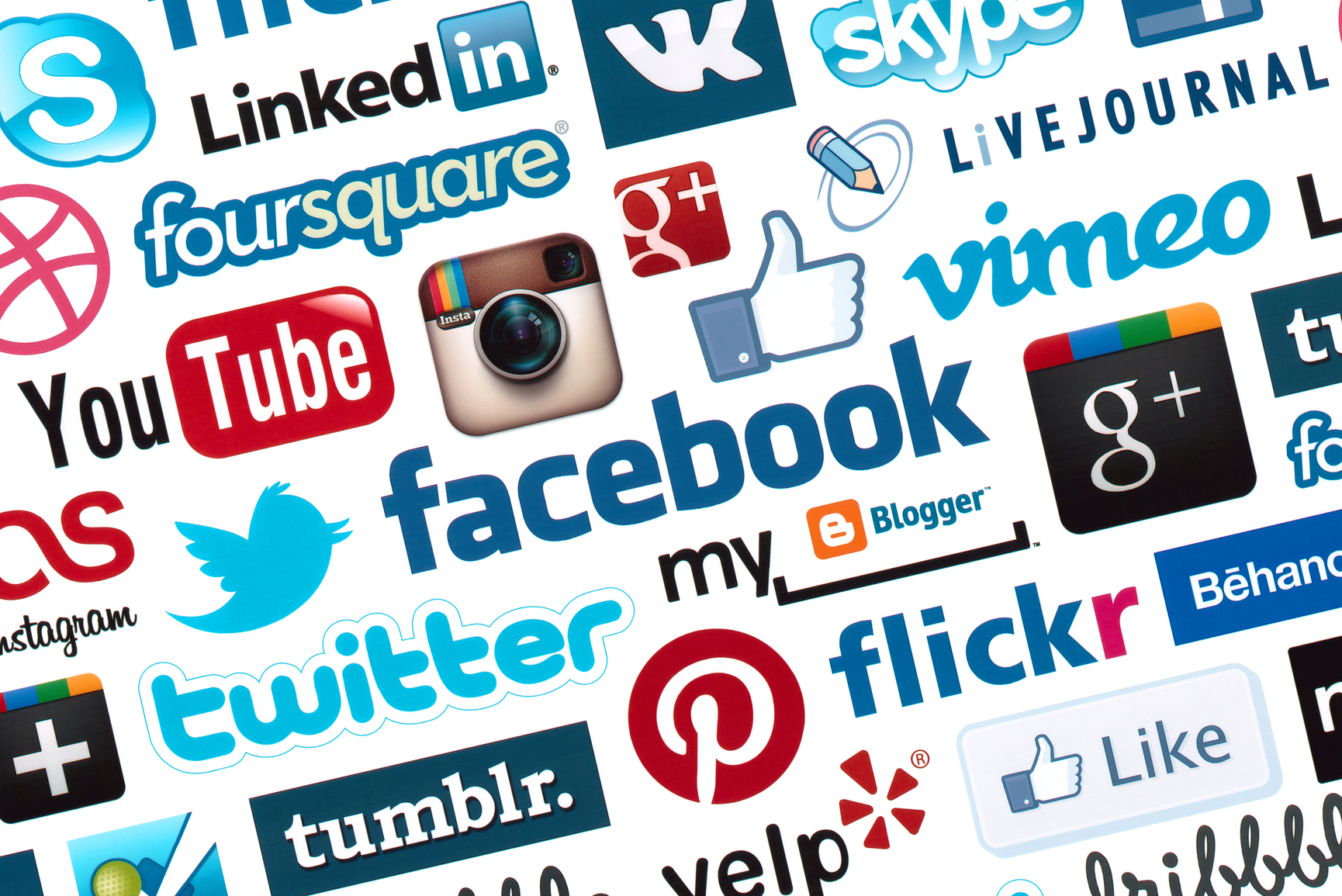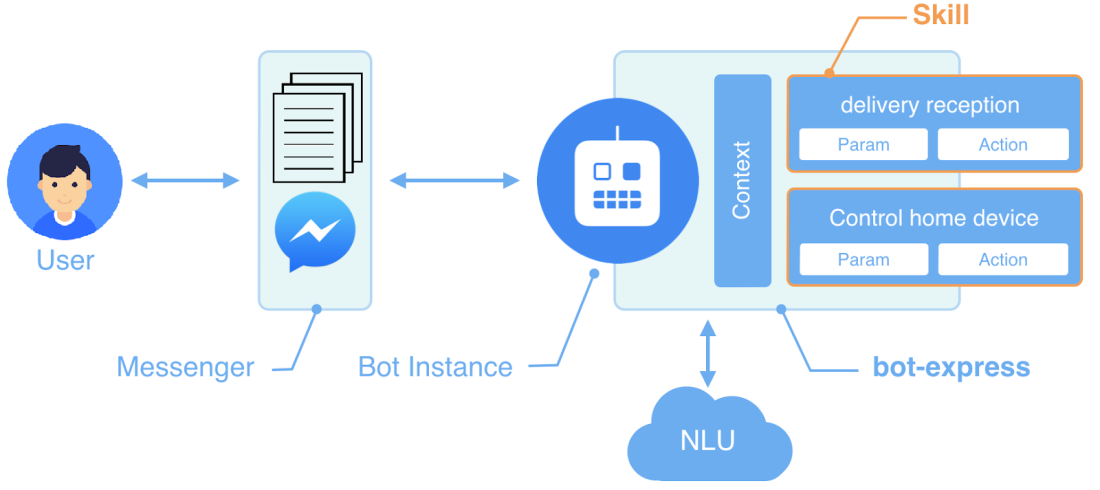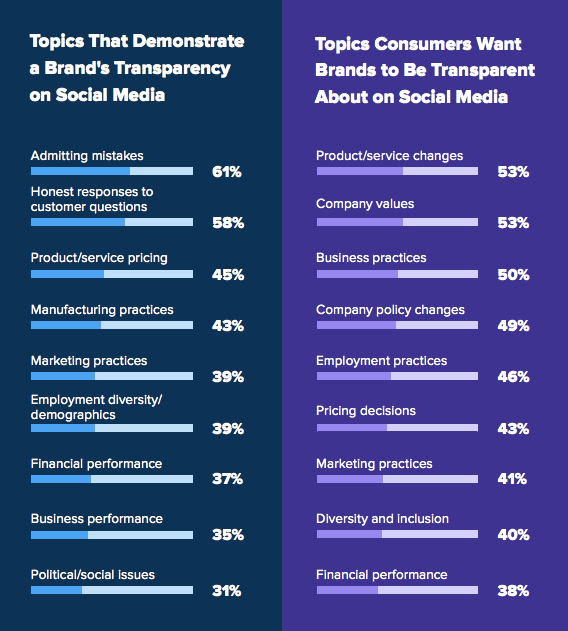
As social media continues to grow across all markets, it’s important to be socially aware of the changes taking place on a global scale and by each market. Each social media network comes in a different shape and size, with its own content strategy and user base, so there’s no one size fits all technique. You don’t want to waste your time creating content for a platform where your audience doesn’t have a large presence.
What’s inside the report? This blog is aimed at examining the biggest trends to help us understand the following dominating social media spaces:
- Which demographics are engaging with social media?
- How the users are spending their time on these platforms?
- Which devices are being used for social networking?
- 2019 trend predictions
To get started, let’s dive into each individual social network’s demographics. To quickly find the social media demographics you’re looking for, click on any of the anchor links below to jump to that specific network:
- Facebook Demographics
- Instagram Demographics
- Twitter Demographics
- LinkedIn Demographics
- Pinterest Demographics
- Snapchat Demographics
- All Social Media Demographics
- Social Media Demographics Infographic
How to pull your own social demographics: Data tells us age, gender, and location information for the people who tend to use each website and social media platform, but why not take this a step further? With Sprout Social, you can pull data from your specific social media platforms to find out the demographics of the actual people following you to make sure this is in line with your target audience.
2019 trend predictions:
Rise of private groups and accounts: In 2018, Facebook invested new features into Facebook Groups, such as being able to participate as a business Page, updating with Stories, posting Live videos within the group and creating social learning units. These groups took off in 2018 as a way for brands to directly connect with fans without the algorithm affecting their posts.
Some influencer accounts also turned to creating private Instagram accounts to avoid the Instagram algorithm. Brands followed suit by creating private alternative accounts to drive up interest. In an article in the Atlantic, Sonny, who runs several meme accounts on Instagram, said he flipped four of his accounts to private. With the addition of the “Close Friends” feature in Instagram Stories, brands could choose to create a more “insider look” feature for their accounts. New Stories features will likely include more friend groups, like Facebook’s own Friend Lists.
All the above features combine to create feelings of envy and fear of missing out rooted in human psychology. 2019 is the year that brands take advantage of this through private groups and accounts.
Conversational commerce: 2017 and 2018 were hot years for the chatbot. Companies scrambled to build messaging chatbots, Facebook Messenger became installable on websites. In their study of 1,000 trending B2B companies on Crunchbase, Relay found that 0.5% of the companies had a chatbot. Because the technology is still so new and adoption by companies has been slow, personal communication is still valued by consumers. As chatbots develop to go beyond simple prompts and adopt customer interactions in a more natural way, they might have the advantage in the current market. On Twitter or Facebook Messenger, this could mean something as little as remembering that they’ve purchased a shower curtain from you before and you following up on the purchase.

A Chatbot is a conversation agent software application that mimic written or spoken human speech for the purposes of simulating a conversation or interaction with a real person. You can use chatbot through web-based applications or standalone apps. Here is how a chatbot works
Cortana.

Transparency wins: 2018 was a landmark year for the major social media networks. Facebook battled privacy and data sharing concerns and Twitter struck down troll accounts while making it easier to report harassment. GDPR going into effect in 2018 also meant that many companies took note of what their customer data was being used in. If brands want to get ahead on this, they can start with what consumers want on social media. The top three desires are product/service changes, company values and business practices. For your company, this could mean publicizing product iterations or app updates, demonstrating your company values and giving more behind-the-scenes looks at your business.

New social media networks: Facebook has had a long reign at the top of the social media charts. But 2018 was not kind to it and its practices have led many, including the NAACP, to call for boycotts. In mid-2018, it “posted the largest one-day loss in market value by any company in US stock market history” at $119 billion, according to CNBC. Some users have quit Facebook altogether, which leaves marketers wondering what’s next for social media. It’s best to keep an eye out for new channels in case one of them could be useful for your brand. Best practice is to reserve your brand handles on emerging social networks just in case a network becomes big in the future.
Stories everywhere: Snapchat’s features of a disappearing post infiltrated almost every major network, sometimes more than once. Instagram Stories received major updates in 2018 with AR filters and interactive stickers. Facebook added Stories to personal accounts, Pages, Messenger and Groups. Both WhatsApp and YouTube also invested in Story-like features

As of May 2018, Stories across four platforms was approaching one billion uses every day. These snapshots have evolved from basic; behind-the-scene features to branded storytelling snippets. Integration with shopping features will only increase in 2019 to appeal to brands. There’s no sign of Stories stopping its rise, so it’s best to start incorporating it into your strategy if it isn’t there already. Take a look at our recommendations and guides for Instagram Stories and Facebook Stories.
Employees are the new trusted influencers: Influencer marketing has become so bloated an industry that accounts are faking their partnerships so they can become actual influencers. The Atlantic looked at a few accounts faking their influence. As one 15-year-old influencer commented, “People pretend to have brand deals to seem cool.”
Related Articles
- How to Hack the Instagram Explore Page
- 5 Reasons Your Instagram Stories Are Failing (& How to Fix Them)
- How to survive (and outsmart) the Instagram algorithm in 2019
- 11 of the best social media analytics tools for brands
More time and money will be spent on influencer marketing in 2019, but not in the way you think. A chunk of it will go into deeply researching accounts and double checking that the brand partnerships they’ve posted are real.

Get ahead of this trend by examining your own internal communications and amplification procedures. What can you do better to allow for a more seamless employee sharing experience on social media?
Analytics dashboards become more important: The value of a great analytics dashboard should not go overlooked. While every network has its own native analytics, no social media manager wants to spend time every week, month or year gathering data and hand-in putting it into a spreadsheet. 2019 is the year to invest in a tool that syncs all your data for you and spits out a chart that you can take to the C-suite.
![]()
Use a dashboard that gives you varied reports and views from both a wide lens and a granular one. This way, you’ll know exactly what works in your strategy and you can simultaneously give the big picture to your CMO.
Conclusion: It’s fun to take a guess at what the next year will bring for social media. 2019 will only bring more new, interesting features that we hope will drive the social conversation forward for brands. The trust relationship between brands and consumers will be rebuilt through private groups, transparency reports and employees as influencers. Remember to always be socially responsible… #Measure #optimize, #succeed
Send us feedback at @amsinvlv and let us know what you think will be the 2019-2020 social media trend prediction!!
References:



